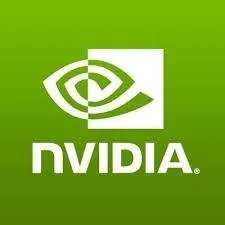
Nvidia announced details of its functional safety architecture for Nvidia Drive, its AI autonomous vehicle platform, at the 2018 Consumer Electronics Show, currently underway in Las Vegas, California.
The Drive architecture enables automakers to build and deploy self-driving cars and trucks that are functionally safe and can be certified to international safety standards, such as ISO 26262, says the company.
Features of the Drive platform as outlined by Nvidia include:
Process: Sets out the steps for establishing a pervasive safety methodology for the design, management and documentation of the self-driving system.
Processor Design and Hardware Functionality: Incorporates processors to achieve fail operation capabilities. These include Nvidia-designed IP related to Xavier covering CPU and GPU processors, deep learning accelerator, image processing ISP, computer vision PVA, and video processors. Included are lockstep processing and error-correcting code on memory and buses, with built-in testing capabilities.
Software: Integrates safety technology from partners. The Drive OS system software integrates BlackBerry QNX’s 64-bit real-time operating system, which is ASIL-D safety certified, along with TTTech’s MotionWise safety application framework. Drive OS supports theAdaptive AUTOSAR open-standard automotive system architecture and application framework. The Nvidia toolchain, including the CUDA compiler and TensorRT, uses ISO 26262 tool classification levels.
Algorithms: The Drive autonomous vehicle software stack performs functions like ego-motion, perception, localization and path planning, says Nvidia, with deep learning and computer vision algorithms running on CPU, CUDA GPU, DLA and PVA.
Virtual Reality Simulation: Nvidia says it has created a virtual reality simulator, called AutoSIM, to test the Drive platform and simulate against rare conditions.
“Safety is the most important feature of a self-driving car,” said Jensen Huang, founder and chief executive officer of Nvidia. “It is imperative that it operate safely, even when things go wrong.”